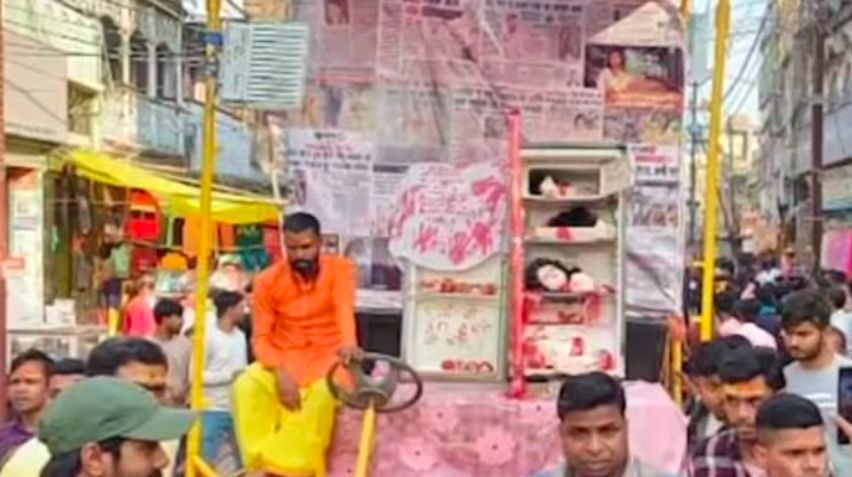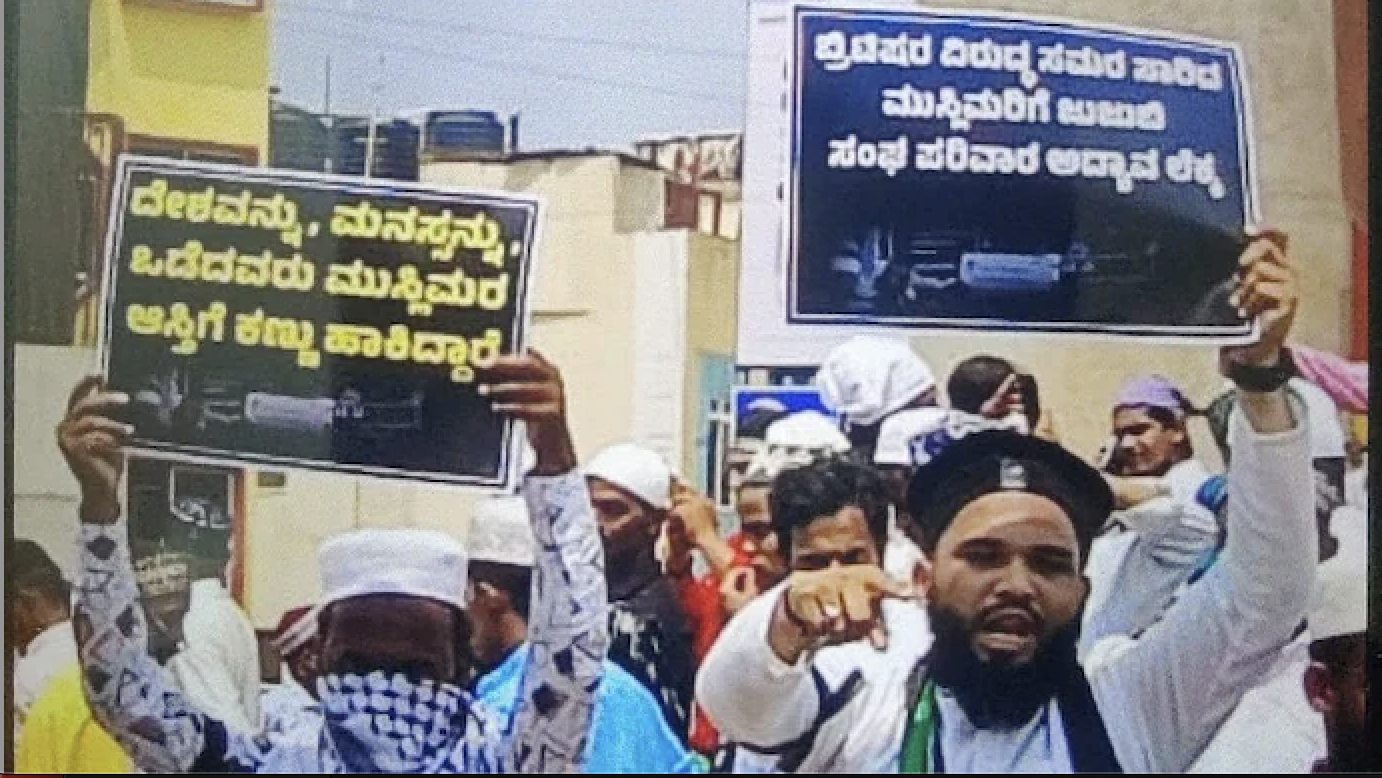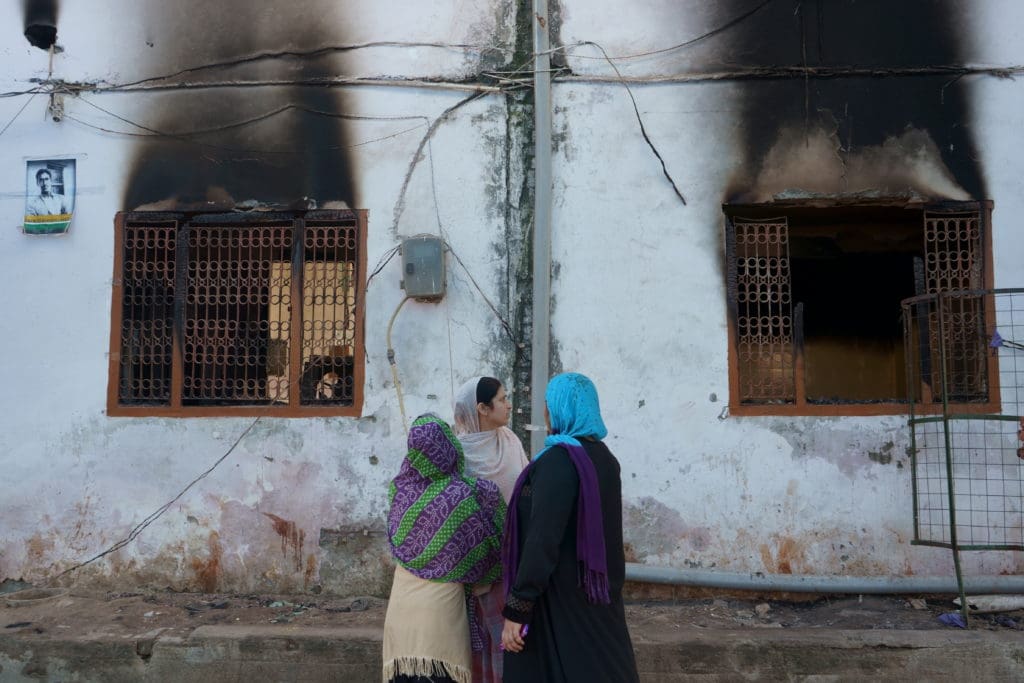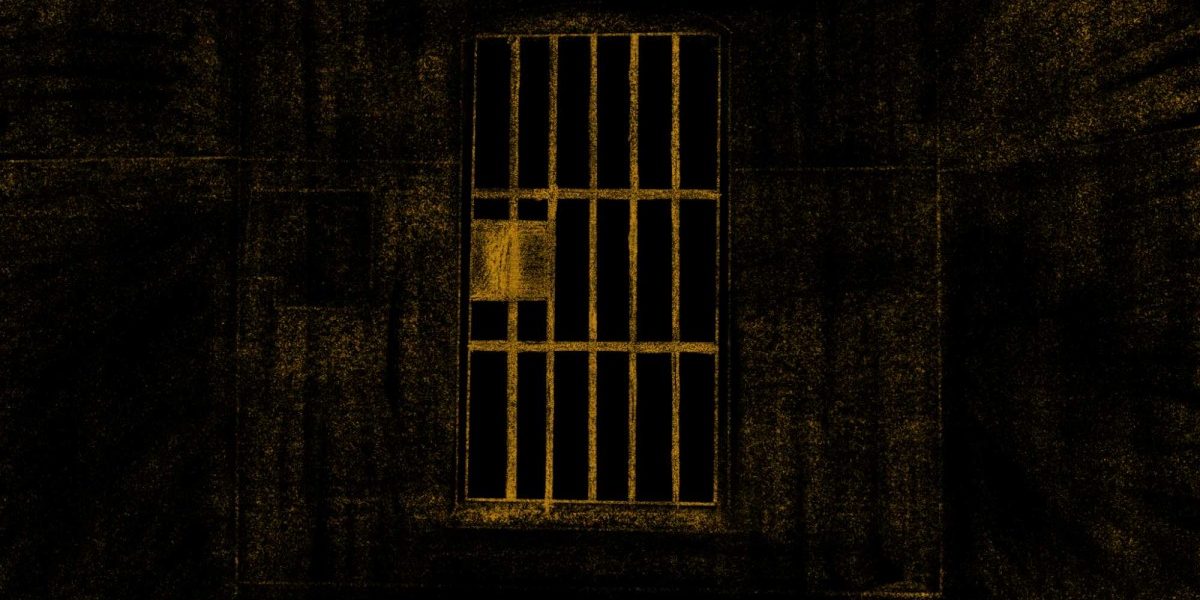
Festivals are meant to bring joy into people’s lives, especially those rooted in faith and religion. They are intended to promote peace, harmony, and love. However, in recent times, many festivals in India have taken on a more divisive tone. Hindutva-driven narratives have increasingly weaponized these festivals, turning them into platforms for political and religious agendas.
Take Mahashivratri, a significant Hindu festival celebrated with devotion and enthusiasm across India. It symbolizes the union of Lord Shiva and Goddess Parvati and is also a time for self-purification and spiritual awakening. Devotees fast and stay awake throughout the night. Yet, even this revered festival has not been spared from communal influences. Attempts to incite tensions have been reported in several states, particularly in Bihar, where elections are on the horizon.
In one city, a controversial Shivratri tableau was paraded, clearly aimed at inciting hostility towards Muslims. The Shivratri tableau used the ‘love jihad’, a propaganda term spread by Hindu extremists, claiming that Muslim men have a hidden agenda to lure Hindu women into marriage and then force them to convert to Islam. This baseless rhetoric was part of a broader attempt to provoke communal tensions.
While many Muslim communities have managed to resist such attempts at division, the situation has become particularly volatile in places like Hazaribagh, Jharkhand, where tensions escalated despite efforts to maintain peace. Additionally, the atmosphere has been further tainted by attempts to disrupt social harmony over food-related issues, as the weaponization of identity politics reaches into every aspect of public life.
Here, I have attempted to document some of the hateful incidents that have happened across the country on the occasion of Mahashivratri. These are just a few cases that have gained attention on social media or have been reported by various news websites.
— Agra (Uttar Pradesh): Hindu Mahasabha district president Meera Rathod offered prayers at the Taj Mahal on Maha Shivratri, carrying a Shivling and Gangajal from the Kumbh Mela for the ritual. She claimed that the Taj Mahal is actually a Hindu temple called Tejo Mahalaya and that she was purifying it.
— Bilaspur (Himachal Pradesh): An attempt was made to inflame tensions in the area by framing the clash between two groups in the Gwalthai industrial area as a religious issue on social media, claiming it was sparked by a dispute over the Mahashivratri feast. However, the police have clarified that it was simply a fight between two parties, with no religious motive involved.
This story was originally published in beyondheadlines.in. Read the full story here.





